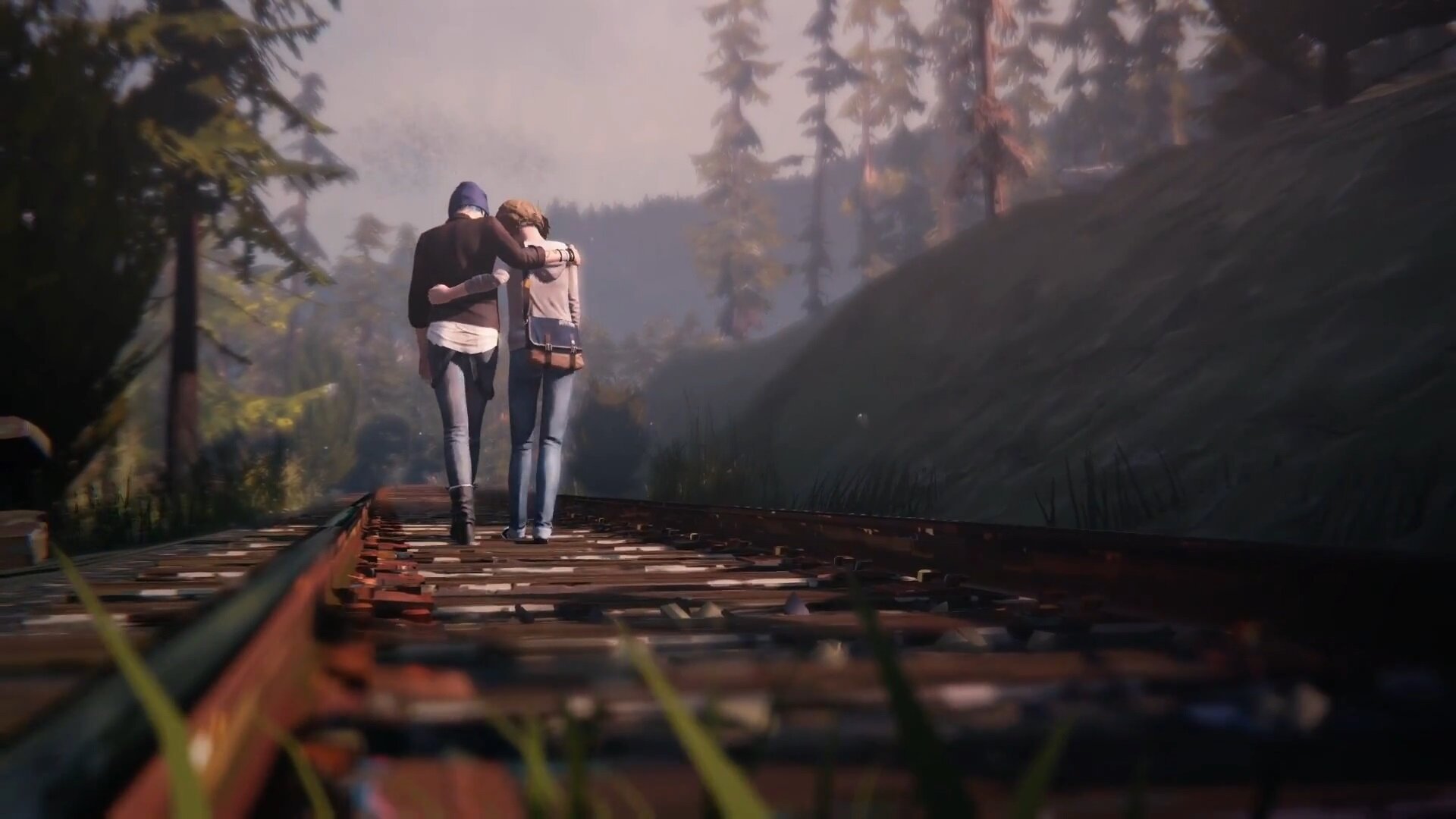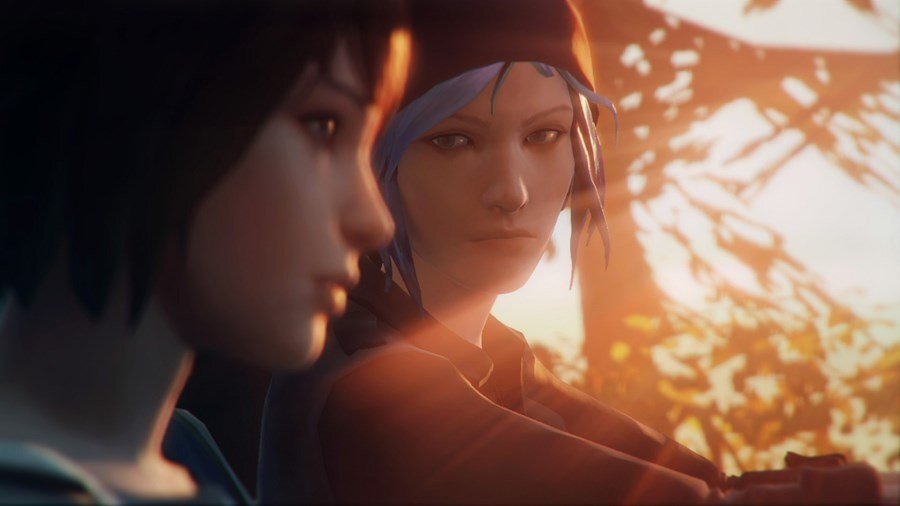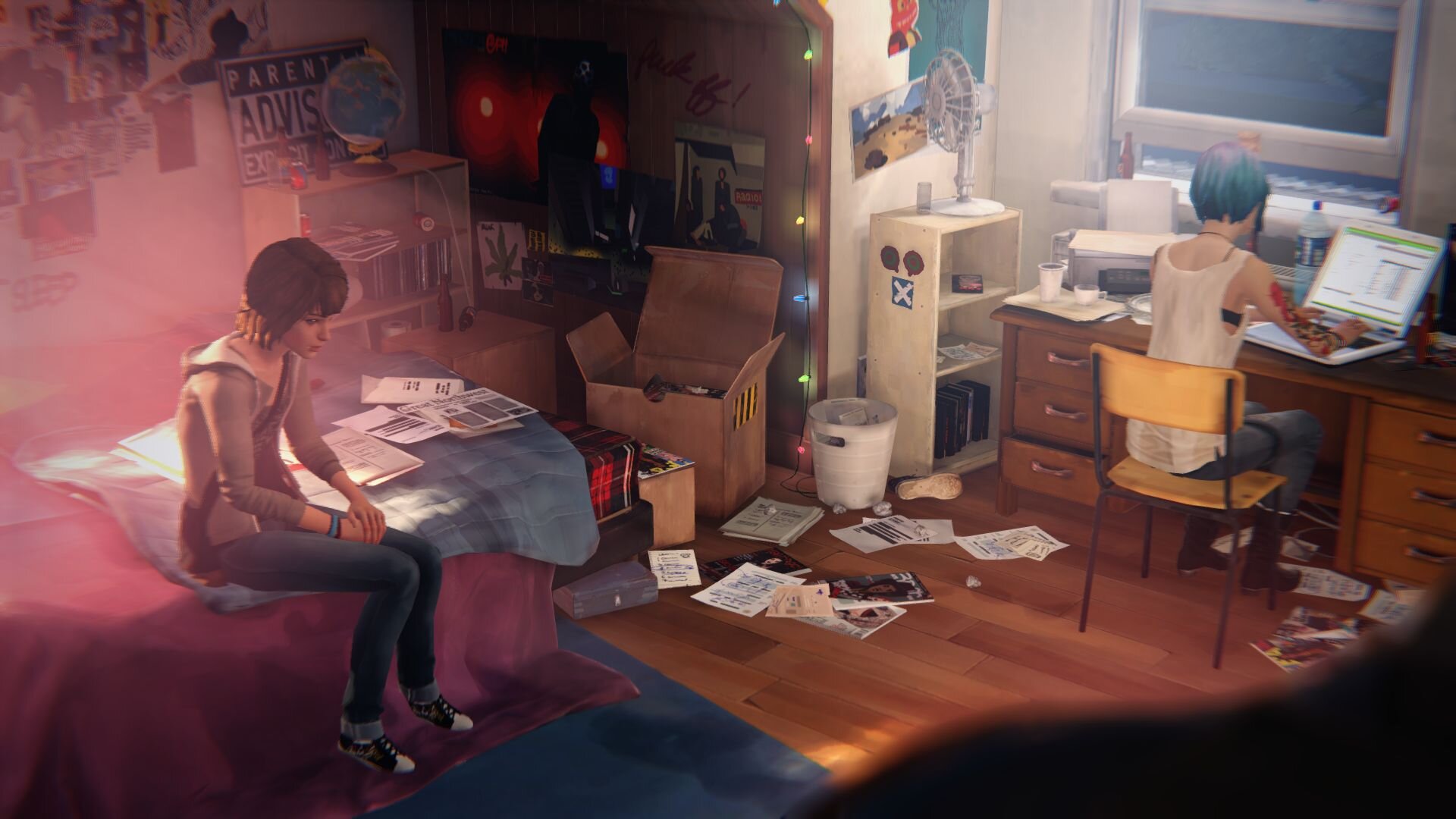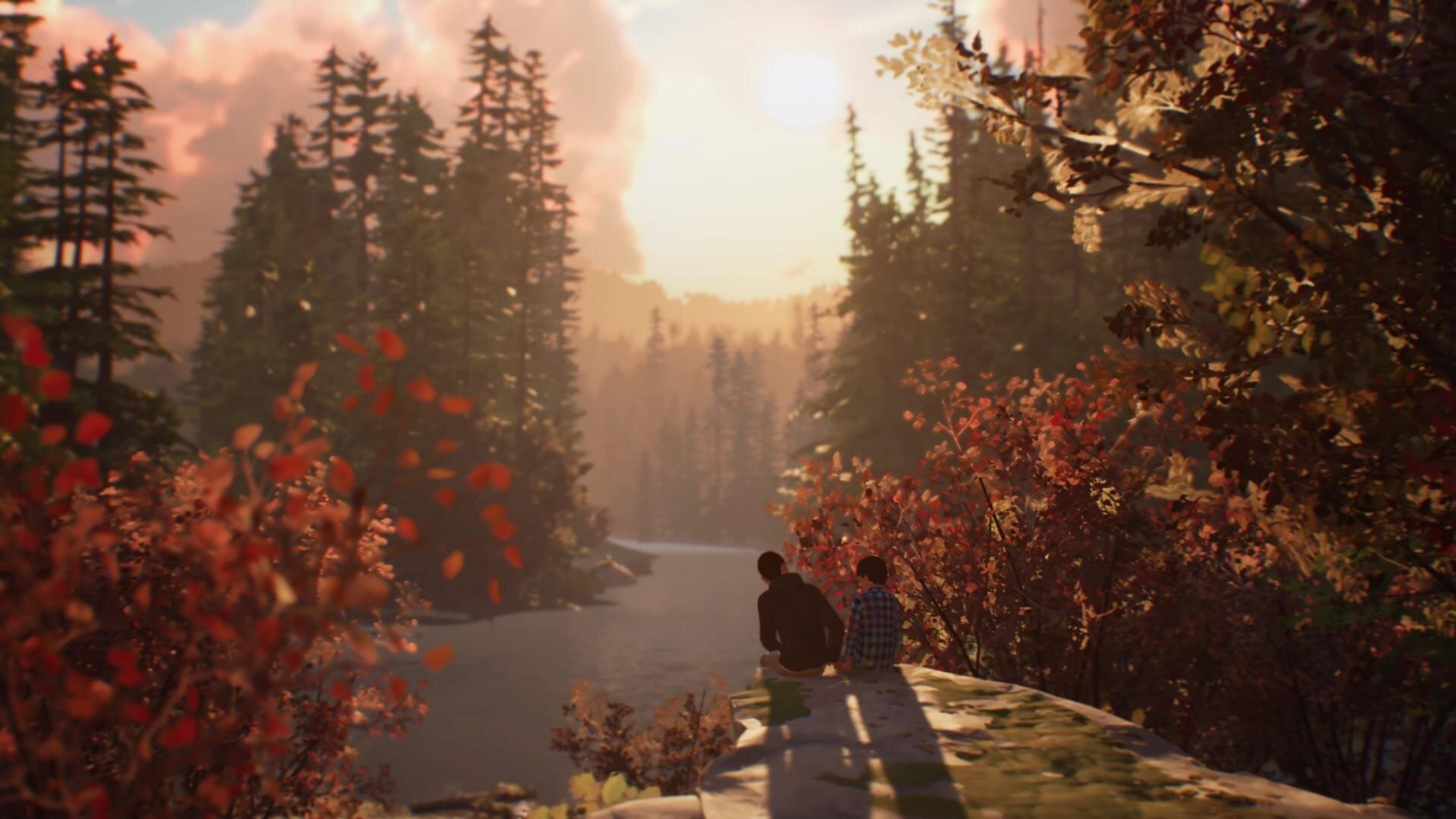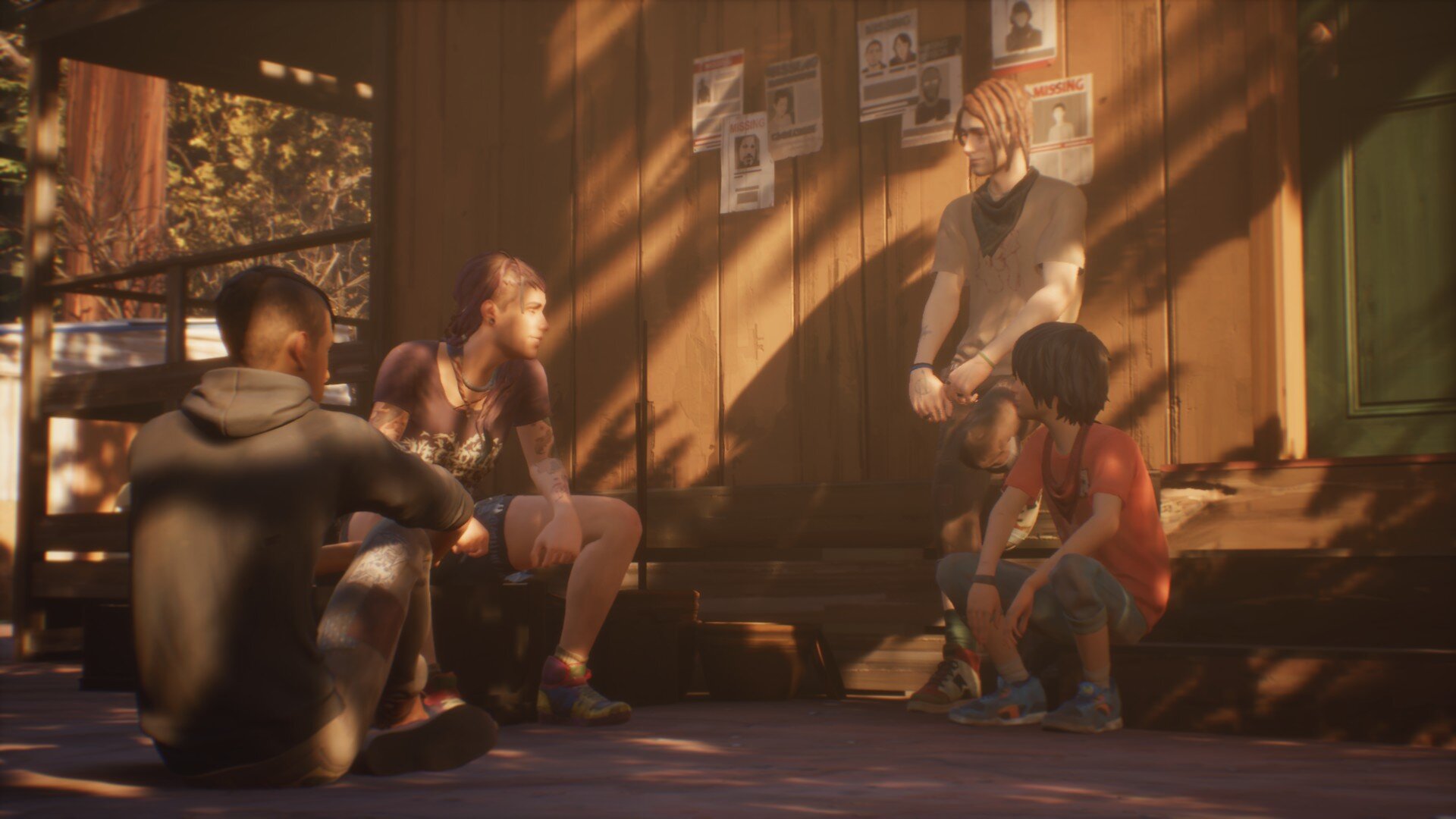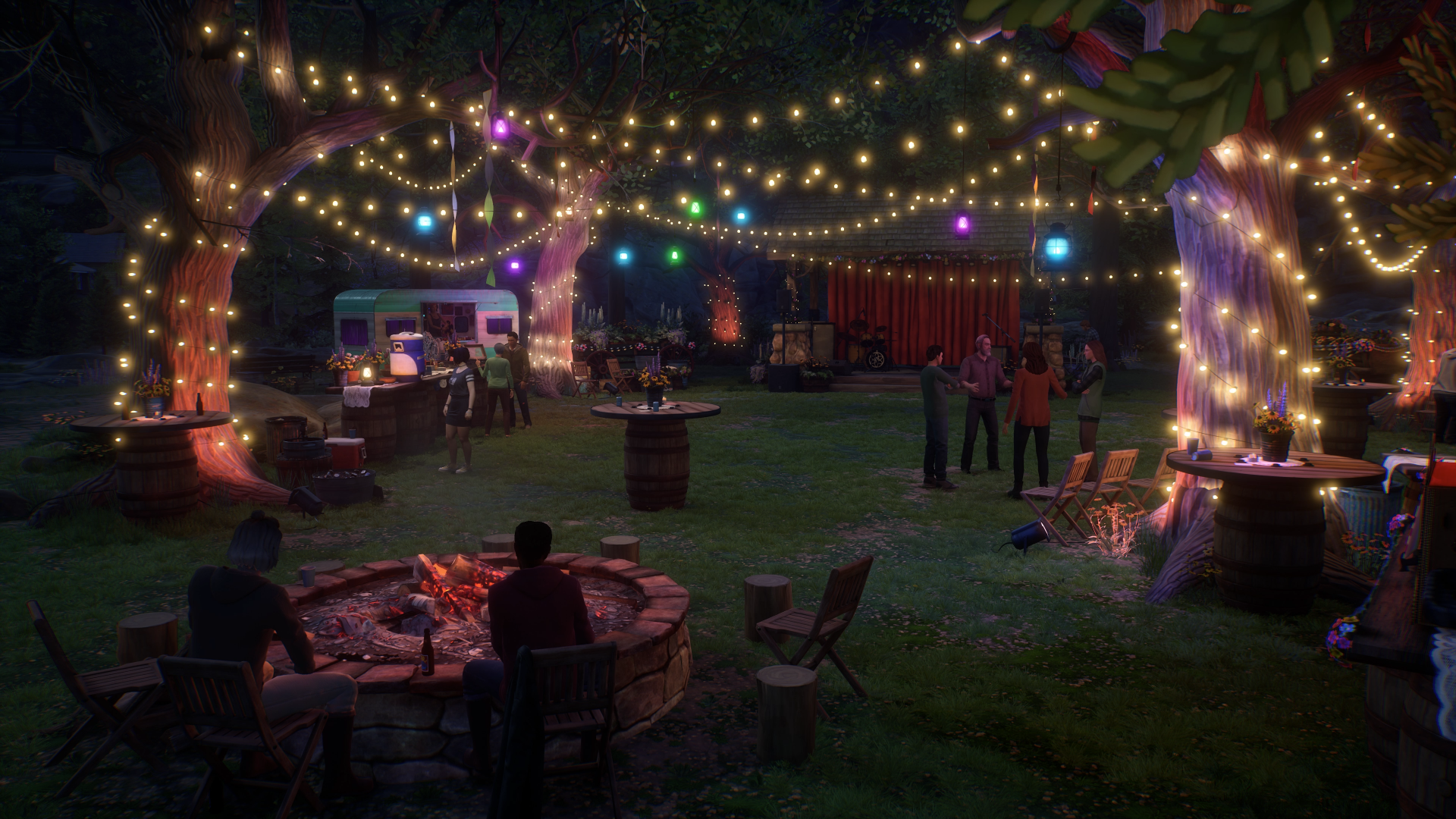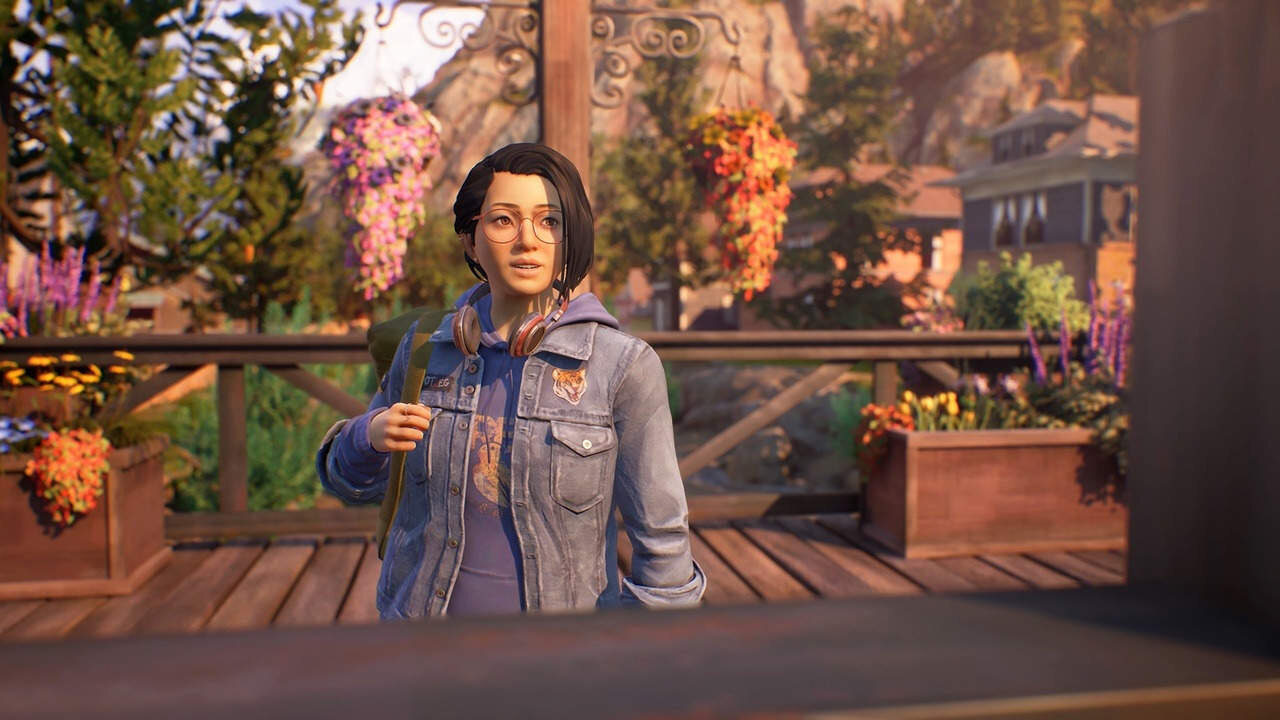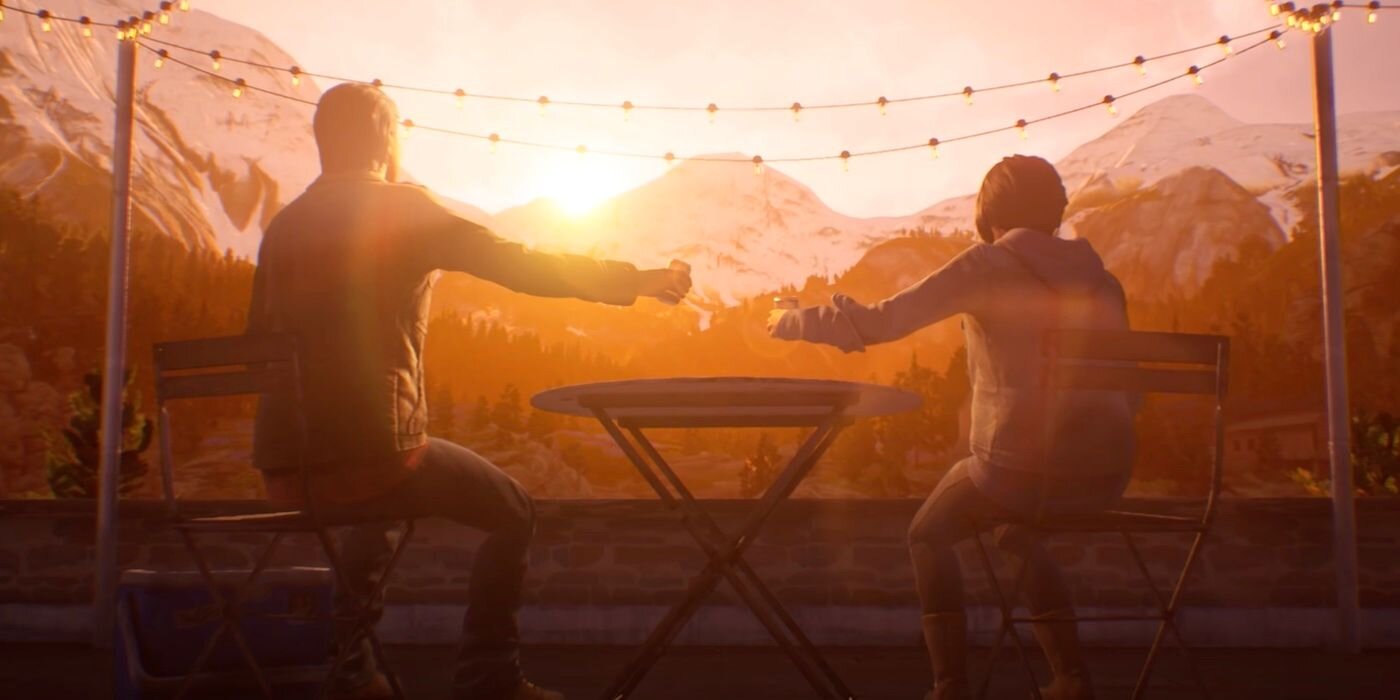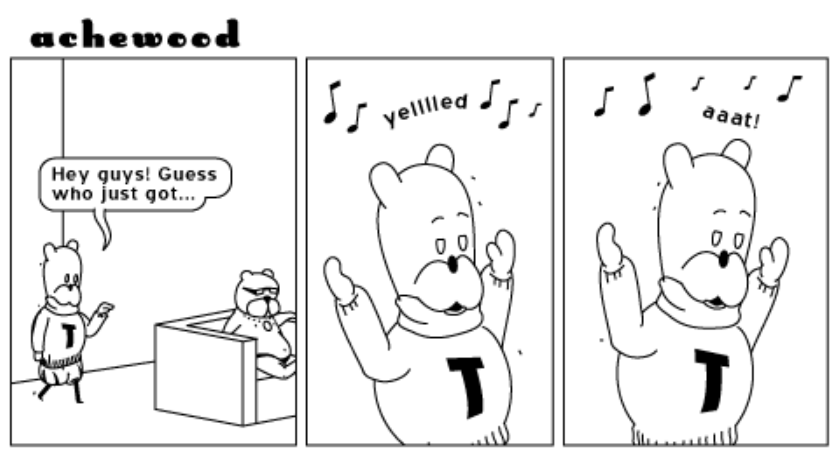Life is Strange: a queer reflection on the gaming community
Minor spoilers ahead!
Let it be known that I hated the ending to the first Life is Strange game. Was it because I got pushed into a corner and forced to make a catch-22 decision with no possible good outcome? Yes, obviously. But I also realized that all of the events and decisions made leading up to that point had been completely useless. Because no matter what choices I made, in the end I still had to choose between going all the way back to the beginning of the story and letting my punk lesbian girlfriend die, or sacrificing an entire town for her and riding through the rubble and off into the sunset together. Guess which one I picked?
I feel like this is very valid criticism of the Life is Strange series. It’s also the only real criticism I have, aside from a few minor story-related letdowns here and there, because Life is Strange is one of my favorite video game series of all time. I discovered Max’s time-traveling powers and looked for Rachel alongside her and Chloe, I ran from the police along with the Diaz brothers in an attempt to escape to Mexico and get Daniel’s telekinetic powers under control, and now I’ve discovered the truth about the death of Gabe, Alex’s brother, with the help of her mind-reading/empathy powers. Yes, each game offers the option of a same-sex love interest, but that is not the main reason why I love this series so much. I’ve played all the games multiple times now, and each time I am left beyond emotionally invested in the story and its characters. Almost seven years after the original release I still religiously listen to each game’s soundtrack, reliving the emotional intensity of the story each time. Any game that is capable of sticking with you that long, making you care for the characters as if you knew them personally, is a winner in my book. Apparently that’s a controversial thing to say, though; I’ve seen many a Facebook warrior tear the games down under trailer releases and positive reviews. They think the games are boring, the dialogue is bad, the characters are unrealistic, stuff like that. I obviously disagree but I can’t say I’m surprised either. The various drops of dogwhistles like ‘woke’, ‘propaganda’ and ‘gay agenda’ in their comments should tell you enough about why these games are poorly received. Life is Strange is a perfect target for the right-wing gamer.
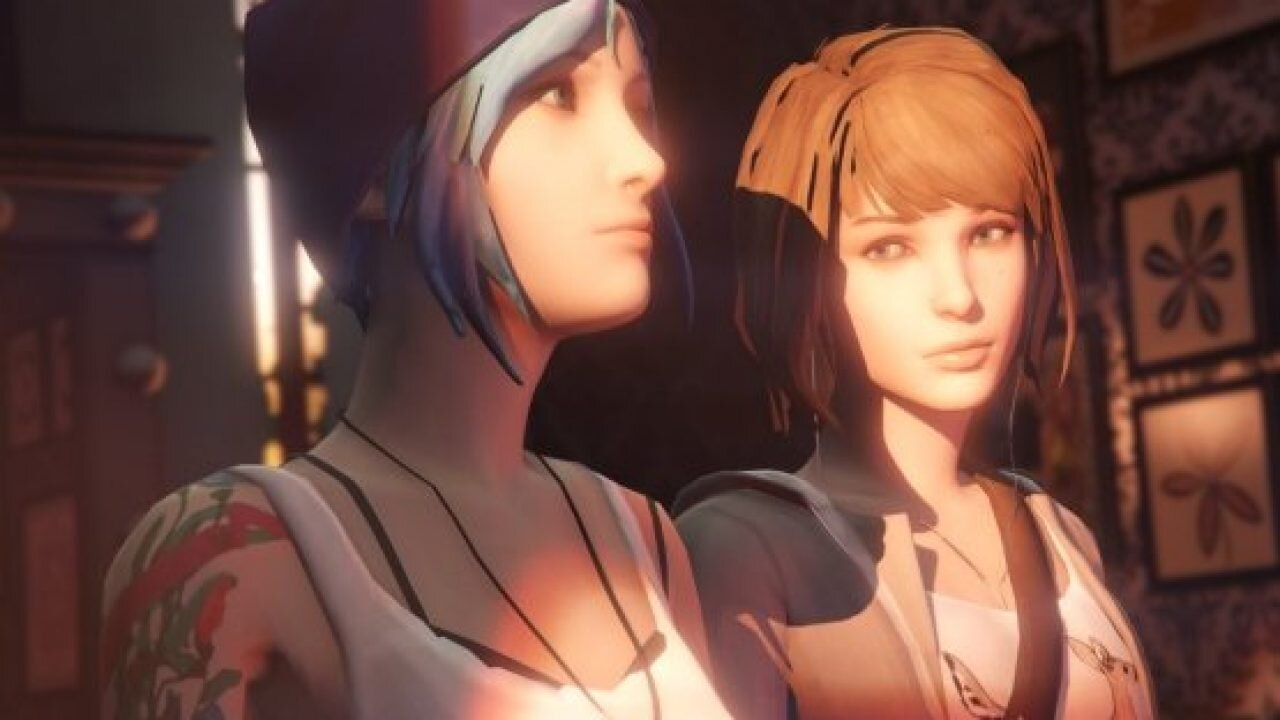
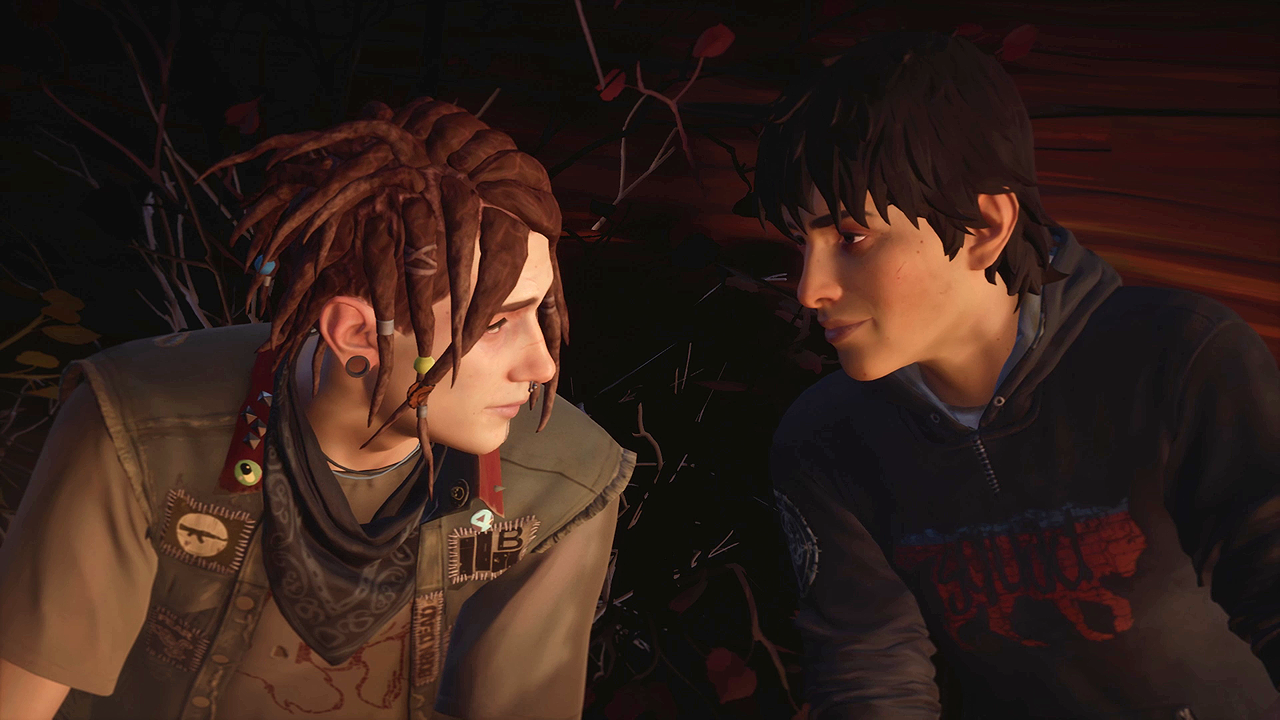

The gamer community is toxic. Ask any female or queer streamer. You can say whatever you want from the anonymous comfort of your bedroom and Discord voice chat, it’s a virtual tale as old as time. Add to that the underrepresentation of well-written female characters in video games itself, sexist depictions of female NPC’s (don’t even get me started on GTA) and the complete non-existence of women of color or queer characters. And yet, as of 2020, women make up almost half of the world’s gaming population, they just aren’t as loud and foul-mouthed as their male, straight counterparts. Female gamers and streamers put up with a lot. It’s the main reason why I personally don’t play online games like Fortnite or Dead by Daylight.
Me after one round of Overwatch
Games like Life is Strange fall into a separate category. One commenter wrote ‘if I wanted to play a movie I’d just put on Netflix’, and honestly, they’re not wrong. Life is Strange is a choice-driven, heavily story based game with not a lot of action or skilled gameplay. You really just press the buttons corresponding with what you want to say or do next, and these decisions influence the outcome of the story. So for an adolescent boy, riddled with (teenage) angst and fueled by Monster Energy, this game is entirely not worth it. There are no fights, no races, no rushes of adrenaline, monsters, weapons, or possibilities to pick up a prostitute on the streets. All it does to keep you drawn into the story is toy with your emotions, give you impossible ultimatums, and once it is all over it leaves you alone in reality thinking about the consequences of your actions. The actions you thought were the right thing to do, but end up showing you the pitfalls of moral ambiguity. Sean Diaz, the protagonist of Life is Strange 2, leaves a trail of chaos and trauma all over the American west coast in an attempt to save himself and his little brother from prosecution for the death of a police officer. The game gives you many options to send Sean’s little brother Daniel on the path to becoming some sort of telekinetic supervillain. In the first Life is Strange, Max Caulfield is capable of letting an entire town be swallowed by a tornado, including her friends and Chloe’s mother, just so she and Chloe can be together. Meanwhile, in the latest instalment True Colors, Alex Chen is given the option to forgive the person responsible for her brother’s death. There are no clear right or wrong answers, no good or bad outcomes, it’s almost like real life (aside from the superpowers).
As a queer person who plays video games and navigates life while painfully aware of heteronormativity, I see a lot of parallels between those toxic traits and the toxic traits of gamer culture. There’s a constant need to shout over each other, and the many derogatory comments made at the expense of beginner players, bad teammates or people who lose a game are usually based in sexism, racism and homophobia. Join a game of Overwatch and there’s a fair chance you find yourself in a raging cesspool of testosterone, throwing slurs left and right. So it makes sense that these guys hate Life is Strange, and that the series’ fan base seems to primarily be made up of women and queer people. The emotion-based decision making process in Life is Strange just isn’t very welcoming to those who have fallen victim to toxic masculinity. The possibility of a same-sex love interest alone is enough to drive these folks away, while it’s enough to reel me in. I stayed for everything else.
